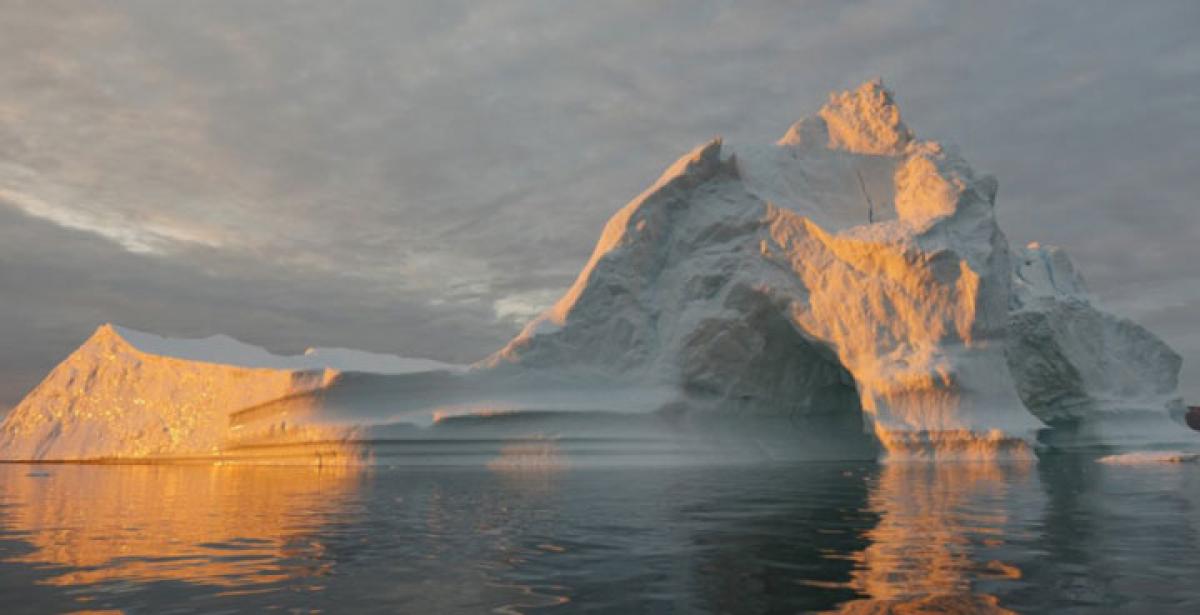Clouds blamed for rapid Greenland ice sheet melt

Clouds are raising the temperature of the Greenland ice Sheet and accounting for as much as 30 percent of the ice sheet melt, researchers say. The rapidly melting Greenland ice sheet is likely driving almost a third of global sea level rise, the study pointed out.
London: Clouds are raising the temperature of the Greenland ice Sheet and accounting for as much as 30 percent of the ice sheet melt, researchers say. The rapidly melting Greenland ice sheet is likely driving almost a third of global sea level rise, the study pointed out.
"With climate change at the back of our minds, and the disastrous consequences of a global sea level rise, we need to understand these processes to make more reliable projections for the future," said lead researcher Kristof Van Tricht from University of Leuven in Belgium.
"Clouds are more important for that purpose than we used to think," Tricht noted. When it comes to heat, clouds essentially behave in two ways. They either cool the Earth's surface by reflecting sunlight back into space, or, like a thick blanket, they trap heat at the surface -- the greenhouse effect of clouds.
On Greenland, which is covered in bright, light-reflecting snow, clouds primarily act to trap heat, the researchers explained. Using the two satellites - CloudSat and CALIPSO - the research team was able to take images of Greenland's clouds from space between 2007 and 2010 and determine their structure, how high they were in the atmosphere, their vertical thickness, and their composition (ice or liquid).
The team combined this data with ground-based observations, snow model simulations and climate model data to map the net effect of clouds. They learned that cloud cover prevents the ice that melts in the sunlight of day from refreezing at night.
















